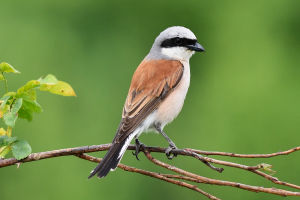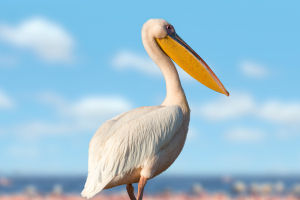White deer, as a mysterious and beautiful animal, have always occupied a special place in people's hearts. Their rarity and uniqueness have made white deer a symbol in many cultures and legends.
From China to Europe, white deer are not only rare species in nature, but also often appear in myths and works of art, symbolizing purity and auspiciousness. In this article, we will explore the background, characteristics and conservation status of white deer to understand why they are so important.
Background and Symbolism of White Deer
White deer have an important position in many cultures. In China, white deer are regarded as a symbol of auspiciousness and longevity, especially in Chinese spirituality, where white deer are often regarded as messengers of gods and can bring good luck and happiness. In ancient Chinese legends, white deer are often associated with immortals and symbolize the mysterious power of nature.
In Western culture, white deer also have a profound symbolic meaning. They often appear in medieval artworks, where white deer often represent purity, holiness and revelation. In some folk tales, white deer are considered to be a bridge to communicate with the gods, and can guide people to wisdom and truth.
Biological characteristics of white deer
White deer are not an independent species, but a variant of the common deer. They usually have snow-white hair, and this color variation is caused by genetic mutation. White deer are generally larger in size, and males usually have horns, while females do not. They are about 1.5 to 2.5 meters long and weigh 50 to 200 kilograms.
White deer usually live in forests and open grasslands, and like to move in the early morning and evening. Due to their white hair, white deer are more conspicuous in the natural environment, which makes them not dominant among prey. Therefore, their survival faces a greater threat, especially under the threat of habitat destruction and illegal hunting, the number of white deer has decreased year by year.
Conservation status of white deer
Due to the reduction of habitat and overhunting, the number of white deer has dropped sharply. Especially in the early 20th century, white deer were almost extinct in nature. In order to protect this precious species, many countries and regions have begun to implement strict protection measures.
In China, white deer are listed as a national second-class protected animal. Relevant departments have strengthened the construction of protected areas, reduced the interference of human activities on the habitat of white deer, and strengthened the crackdown on illegal hunting. In addition to nature reserves, the breeding of white deer has also received special attention. Some zoos and scientific research institutions have begun to artificially breed and study white deer to increase their population.
However, the protection of white deer still faces many challenges. Habitat destruction, climate change and constant interference from human activities have made the living environment of white deer increasingly severe. Protecting white deer is not only a biological issue, but also a question of human social responsibility.
How to participate in white deer protection?
As ordinary members of the public, we can participate in the protection of white deer in the following ways. First, we can donate and support environmental protection organizations to help them carry out the protection of white deer and their habitats. Second, understand and spread knowledge about white deer and raise people's awareness of white deer protection. Finally, reduce damage to the natural environment and avoid over-exploitation and pollution to help white deer and other wild animals survive better.
Preserving the Legacy of the White Deer
White deer, a precious creature in nature, is not only a symbol of natural beauty, but also an important reminder for us to jointly protect the ecological environment. Their existence reminds us that while pursuing economic development, we must also pay attention to the protection of ecological balance and biodiversity. By continuously strengthening the protection of white deer, we can not only allow this mysterious animal to continue to survive in nature, but also preserve a richer and more diverse world for our descendants.


